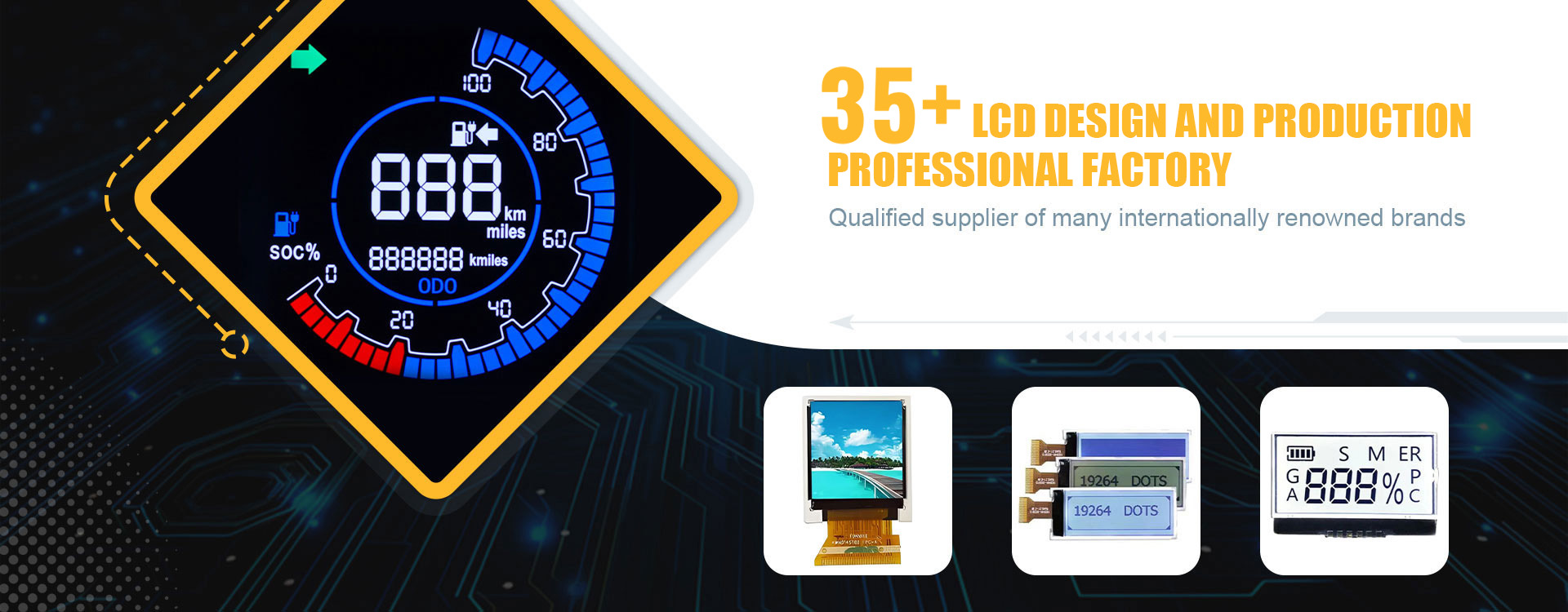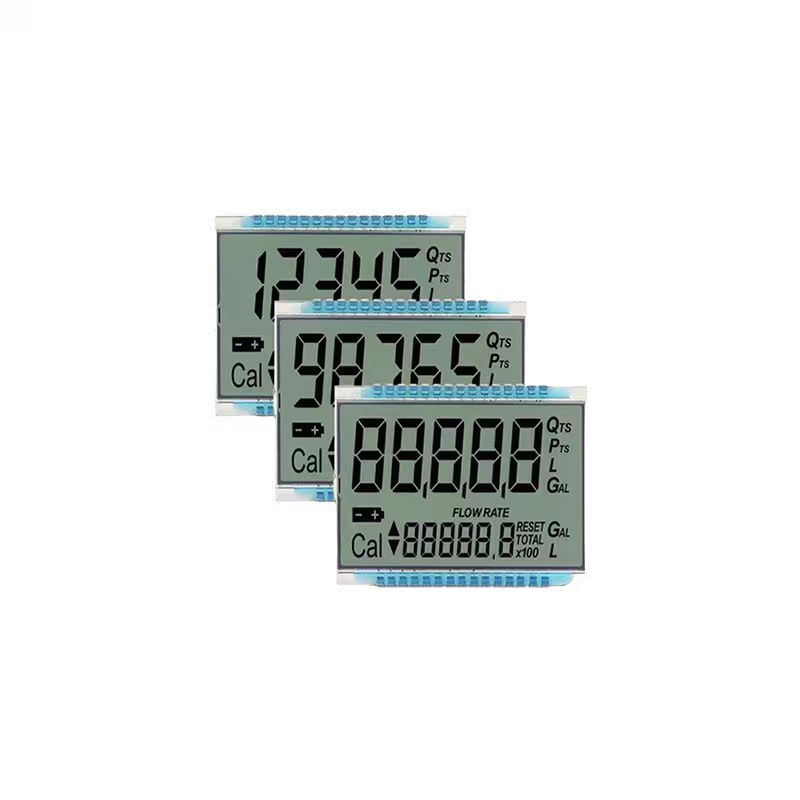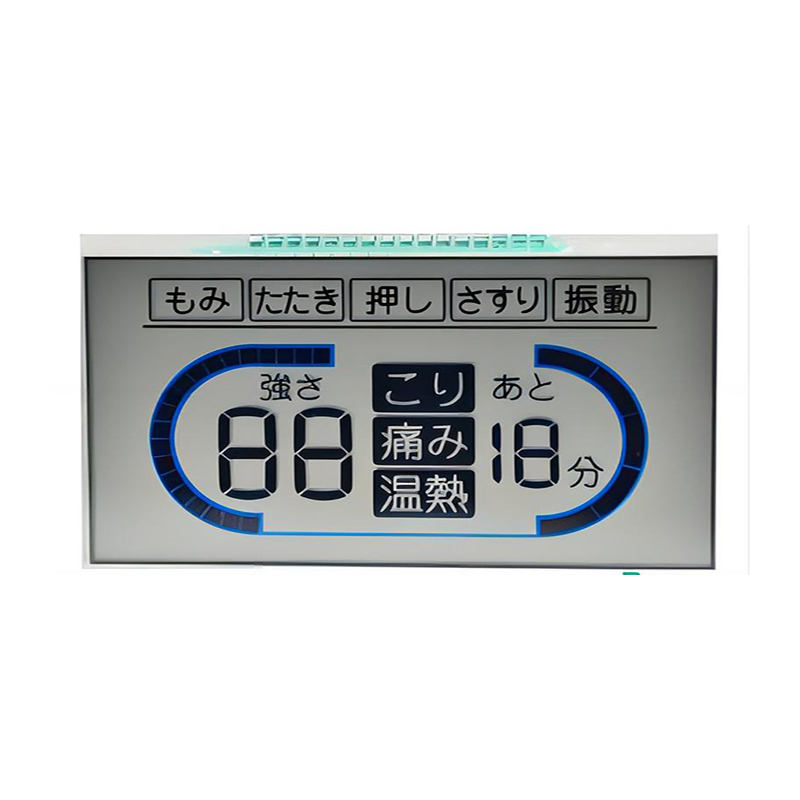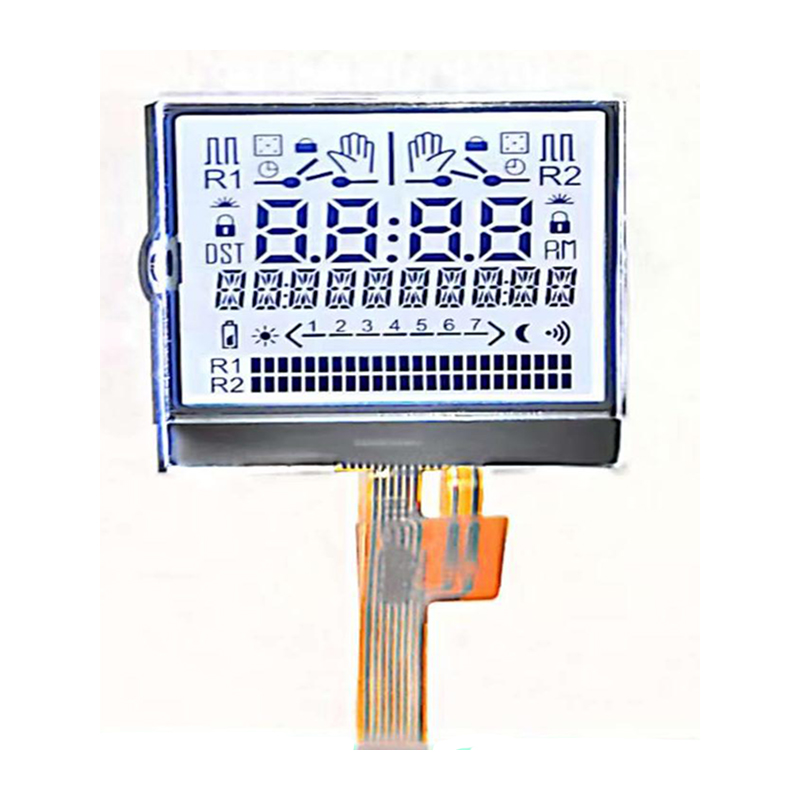
This guide provides an in-depth look at choosing and implementing the best isolated SPI interface for your application. We'll explore various isolation methods, key considerations for selecting the right interface, and practical examples to help you make an informed decision. Learn about different interface topologies and how to optimize performance and reliability.
The Serial Peripheral Interface (SPI) is a synchronous, full-duplex communication bus commonly used for short-distance communication between microcontrollers and peripheral devices. However, in many applications, particularly those involving high voltages, ground loops, or electromagnetic interference (EMI), isolating the SPI bus becomes crucial. A properly isolated SPI interface prevents noise and voltage transients from damaging sensitive electronics. This is especially important in industrial control systems, medical devices, and automotive applications.
Optocouplers are a widely used method for isolated SPI interface implementation. They use light to transfer signals between electrically isolated circuits. Optocouplers offer good isolation voltage but can be slower than other methods. Several manufacturers provide optocoupler-based solutions specifically designed for SPI communication. Choosing the right optocoupler depends on factors like data rate requirements and isolation voltage needed. For example, the Vishay Semiconductors VO628A offers robust isolation capabilities.
Digital isolators provide a more robust and efficient solution for isolated SPI interface than optocouplers, offering higher bandwidth and better noise immunity. They utilize capacitive coupling or magnetic coupling technologies to transmit digital signals across an isolation barrier. Devices like the Texas Instruments ISO7740 provide high-speed, reliable isolation for SPI communication. These isolators often feature multiple channels, allowing for simultaneous isolation of multiple signals within the SPI bus.
Transformers can be used to achieve electrical isolation in an SPI bus. They offer excellent isolation and can handle higher voltages and currents, making them suitable for applications with high power requirements. However, they are generally more expensive and less efficient than other isolation methods. The design of a transformer-based isolated SPI interface requires careful consideration of the transformer's specifications.
Selecting the best isolated SPI interface depends on several factors:
| Method | Data Rate | Isolation Voltage | Cost | Power Consumption |
|---|---|---|---|---|
| Optocouplers | Low to Medium | High | Low to Medium | Low |
| Digital Isolators | High | High | Medium to High | Low to Medium |
| Transformers | Medium to High | High | High | Medium to High |
Choosing the right isolated SPI interface is critical for reliable and safe operation in many applications. This decision involves considering factors such as data rate requirements, isolation voltage needs, cost, and power consumption. By carefully evaluating these factors and understanding the characteristics of different isolation methods, you can select the optimal solution for your specific needs. For high-quality LCD displays for your projects, consider exploring options from Dalian Eastern Display Co., Ltd.












